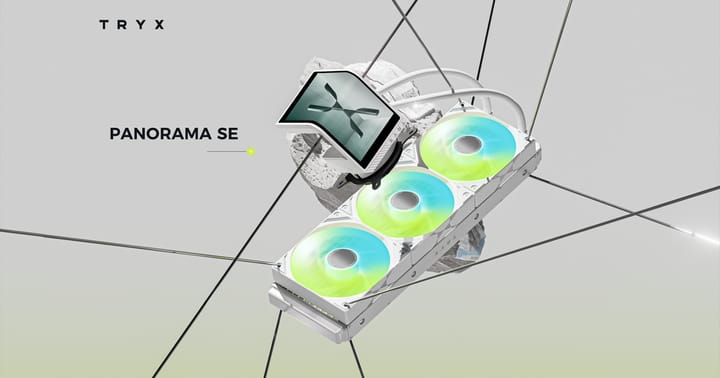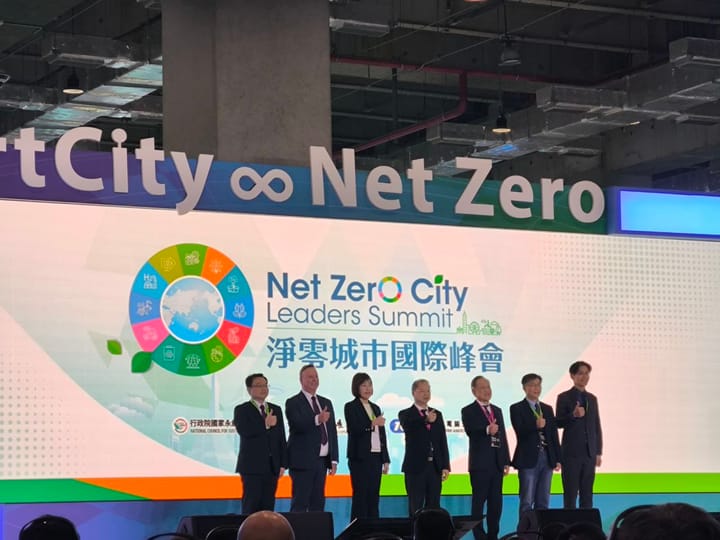How EdTech has changed after COVID19 - Taipei Smart City Summit & Expo 2023
Unknowing to many outside of the industry, the pandemic has drastically shifted the trajectory of EdTech advancements from largely assistive technologies to fundamental technologies for education.

The annual Taipei Smart City Summit & Expo (SCSE) held in Taipei has resumed in full scale after disruptions caused by the COVID-19 pandemic in the past two years. One of the key areas of the event was focused on Education Technology (EdTech).
Unknowing to many outside of the industry, the pandemic has drastically shifted the trajectory of EdTech advancements from largely assistive technologies to fundamental technologies for education. This shift was expected, as many education providers were forced to change from in-class conduct of lessons to remote lessons. Educators also had no choice but to convert their content and teaching materials from traditional pen and paper and mediums and textbooks to digital forms.
This sprouted EdTech advancements as it became apparent that change needs to be accelerated as part of business continuity plans.
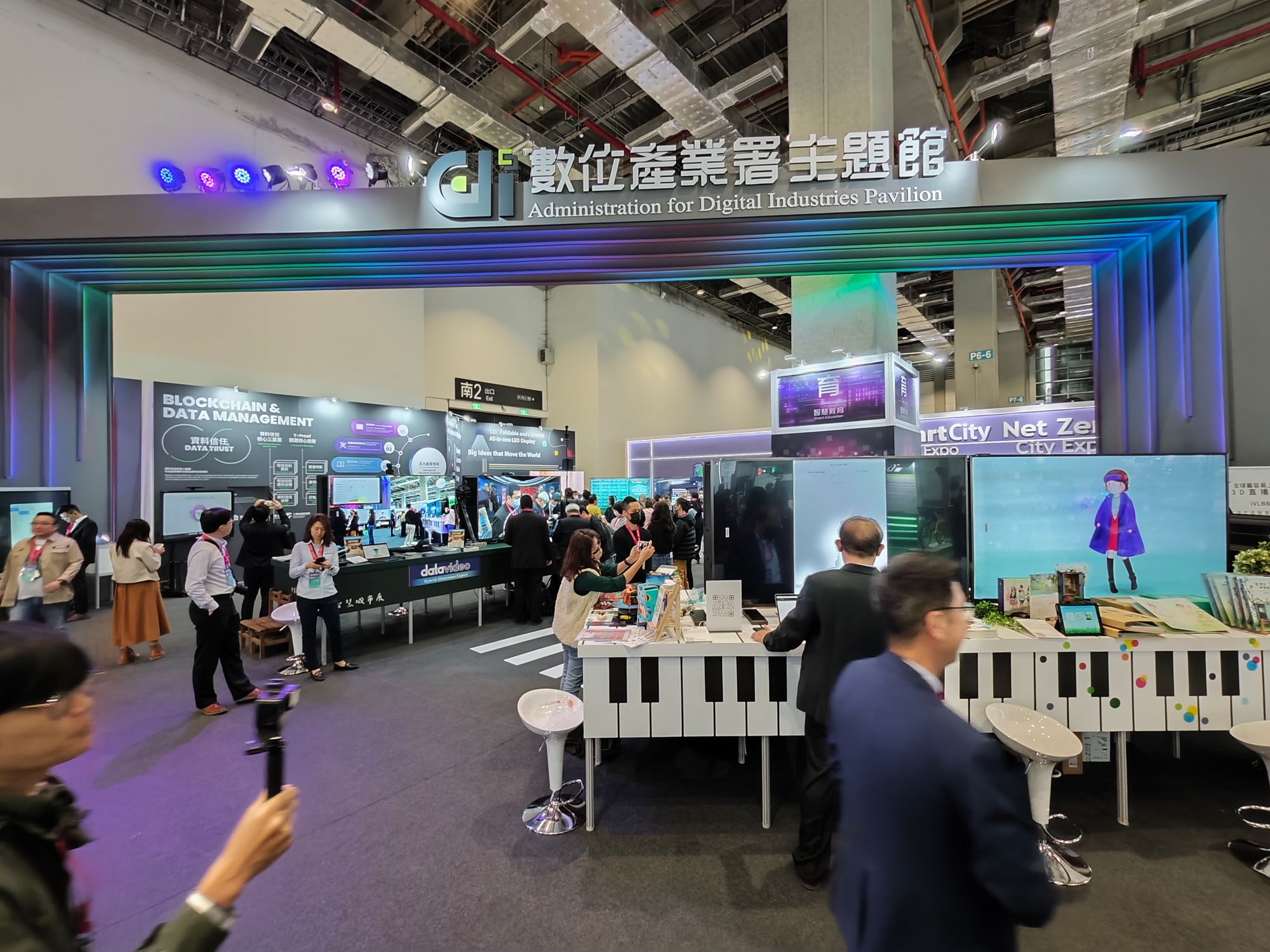
The Smart City Summit & Expo showcased some of the efforts by various companies in Taiwan to adapt to the new norms in EdTech in the past years. Here are some of the key exhibits which spiked our interest at the Administration for Digital Industries Pavilion.
1. Interactive digital educational materials - Implementation of AR/VR technologies as teaching tools by JTQC Digital Education Co., Ltd.
Students learn better with more interactive materials, rather than just traditional and one-dimensional textbooks. To empower educators with highly interactive teaching materials, JTQC uses Augmented Reality / Virtual Reality (AR/VR) technologies in bringing educational content to both teachers and students.
For example, JTQC has developed an AR application to teach younger students the usage of a fire extinguisher. They will learn the various types of fire extinguishers to be used to fight different types of fire hazards. This is done by interacting with a virtual 3D fire extinguisher generated on a fire extinguisher marker in the AR environment. Such usage of EdTech enhances learning and maximizes the safety of students while learning such scenarios.
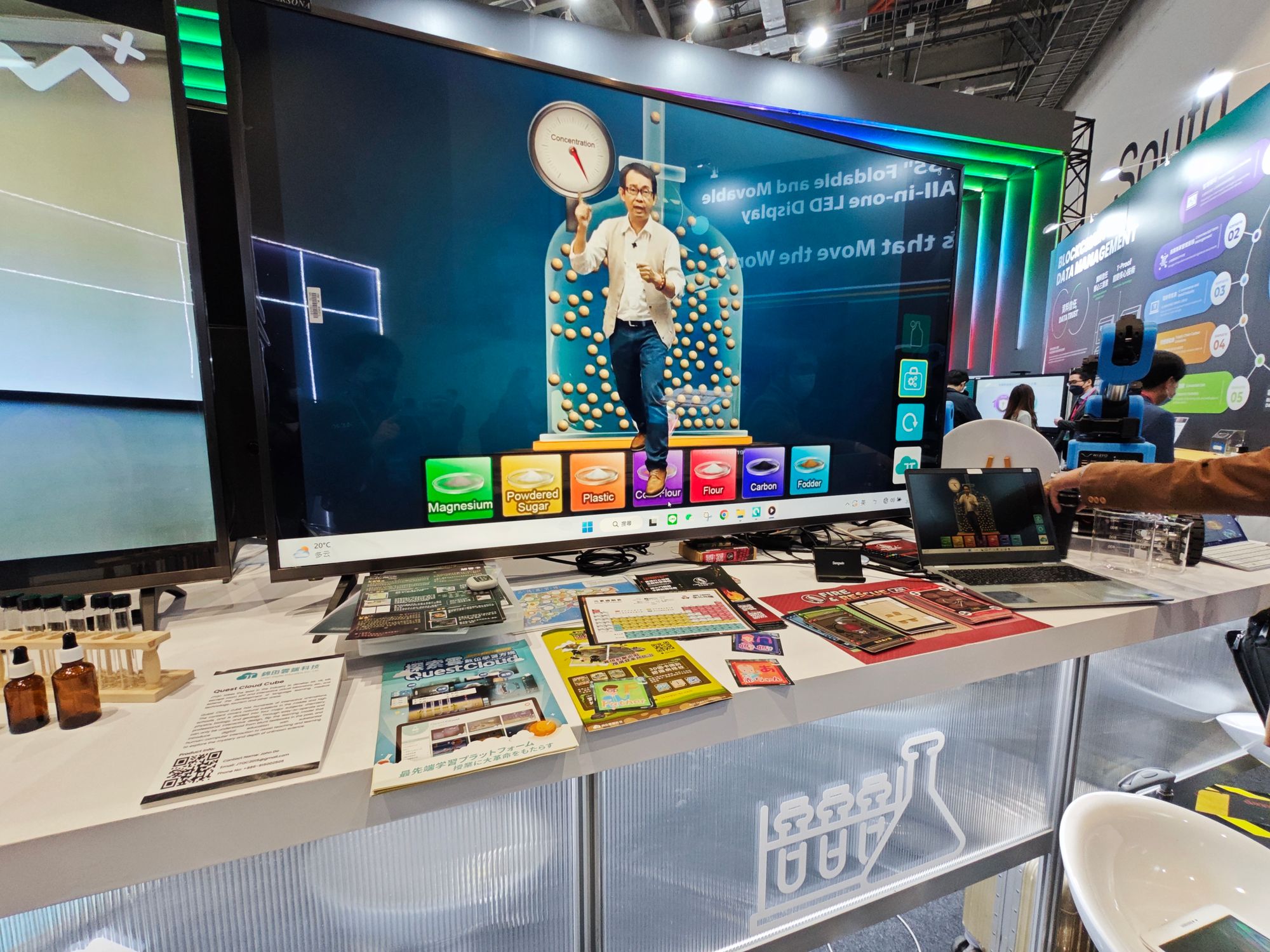
JTQC also develops other 3D educational content on the cloud, such as a comprehensive educational package consisting of Physics, Chemistry, Geography, and Biology subjects. This content is found on their Quest Cloud platform.
2. Using AI to teach English - EZTalking app uses AI vocal analysis to let you know if you are pronouncing words and sentences in English correctly, by EZ-AI Corp.
Learning a new language is not easy, especially when you are not in the environment where the language is commonly spoken.
EZTalking is a language learning platform that is catered for both educators and students.
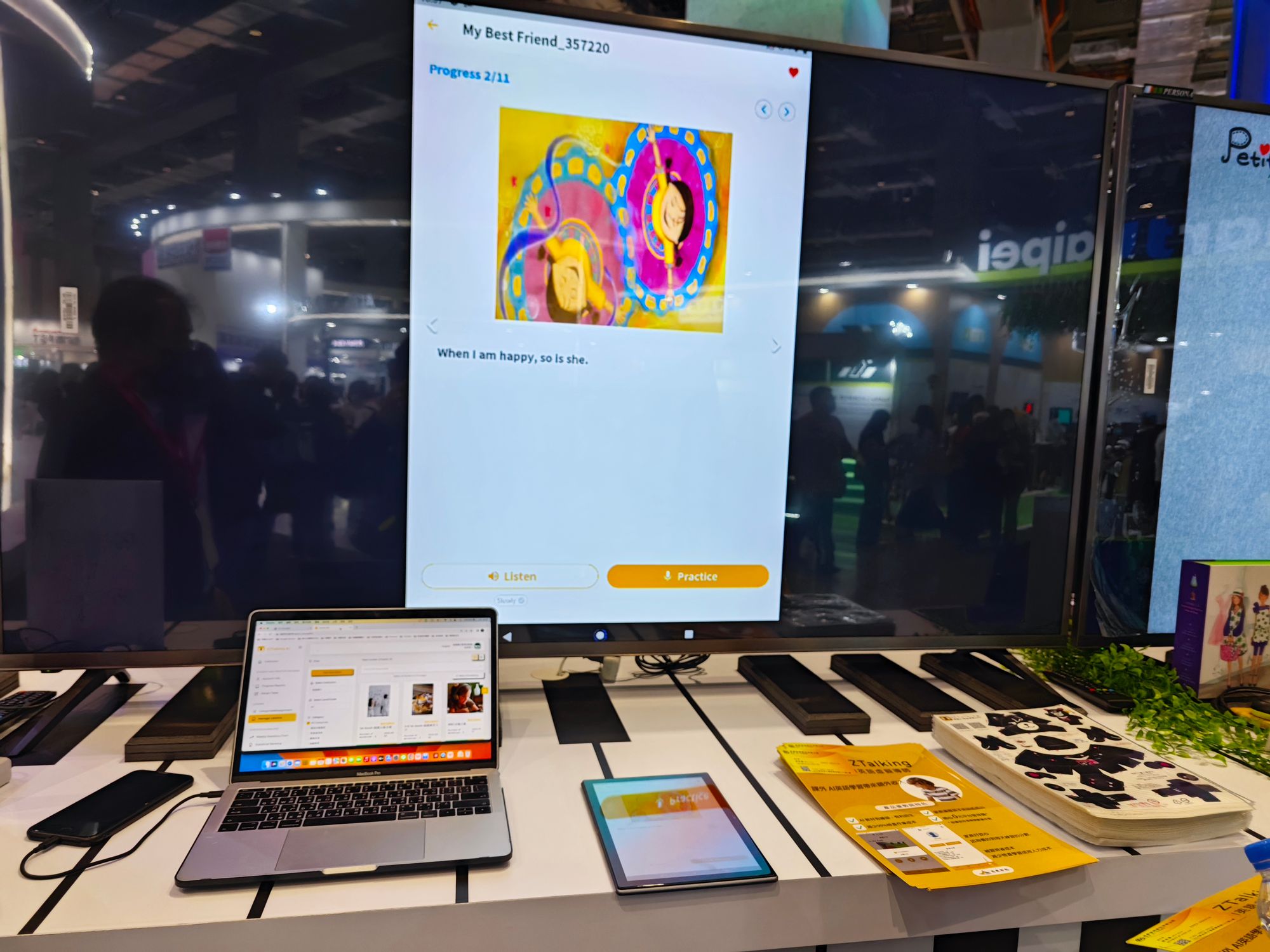
Students can simply download the EZTalking app and attend the English lessons within the app. They can speak the English sentences provided by the app, and have their pronunciation analyzed by AI on the app. They will then be provided with a score on the accuracy of their pronunciation on a syllable-by-syllable basis. This encourages the learning of a new language flexible and easy.
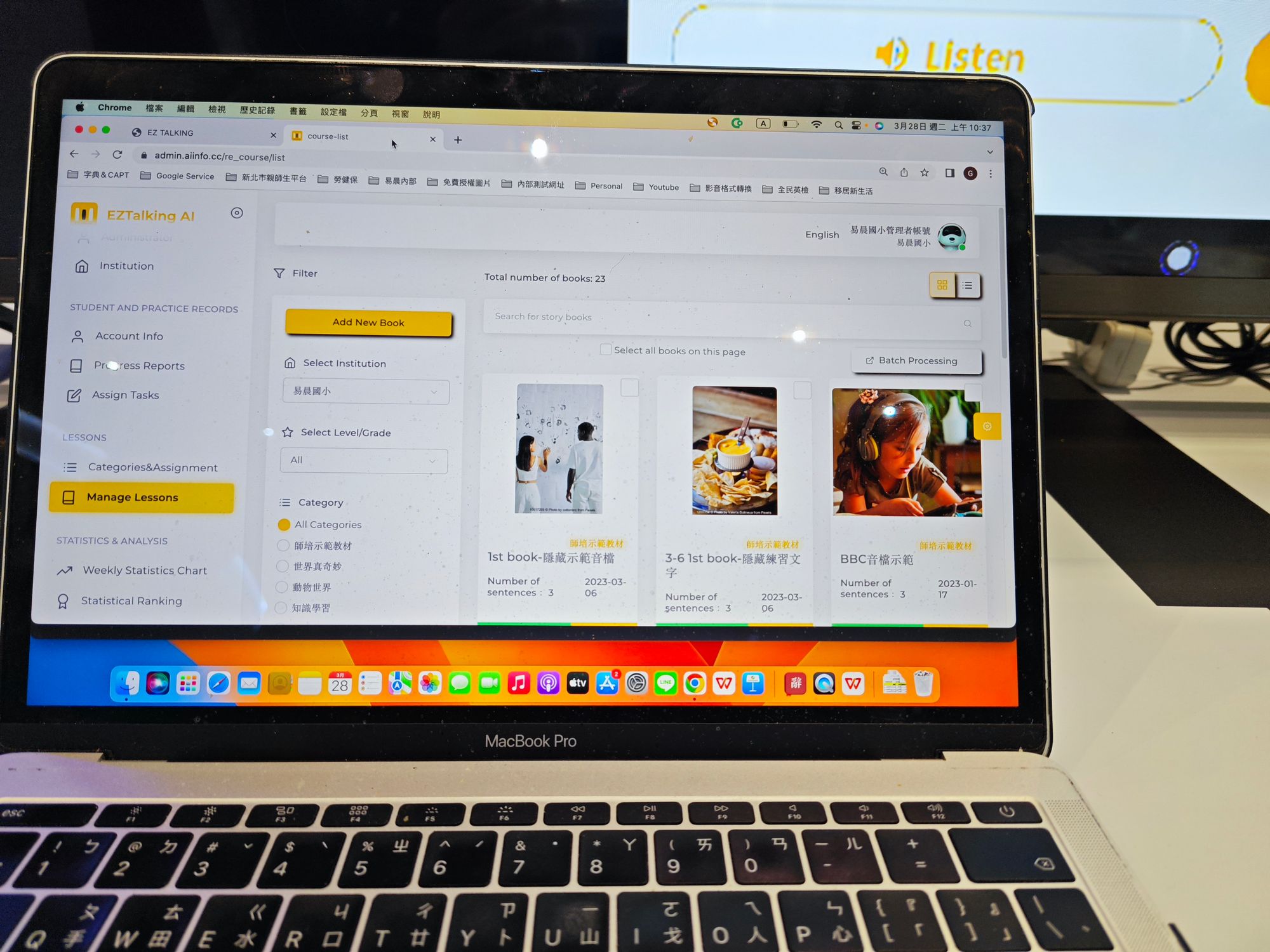
Educators can also use the EZTalking cloud platform to create materials for the EZTalking App. For example, they can create industry-specific content, so that the app can also be used for language training for employees.
The company behind EZTalking, EZ-AI is also enabling the platform for other languages. The EZTalking app can be downloaded from both the Apple App Store and Google Play Store.
3. Classrooms of Today need a Smart Whiteboard - ViewSonic Viewboard IFP Series brings digital content and interactivity to the classroom.
With the vast amount of educational content created in digital formats in recent years, there is a need to present these materials back into the physical classroom as students do back to class.
ViewSonic, a Taiwanese-American electronics company showcases its IFP series of smart interactive displays made for today's classroom at SCSE 2023.
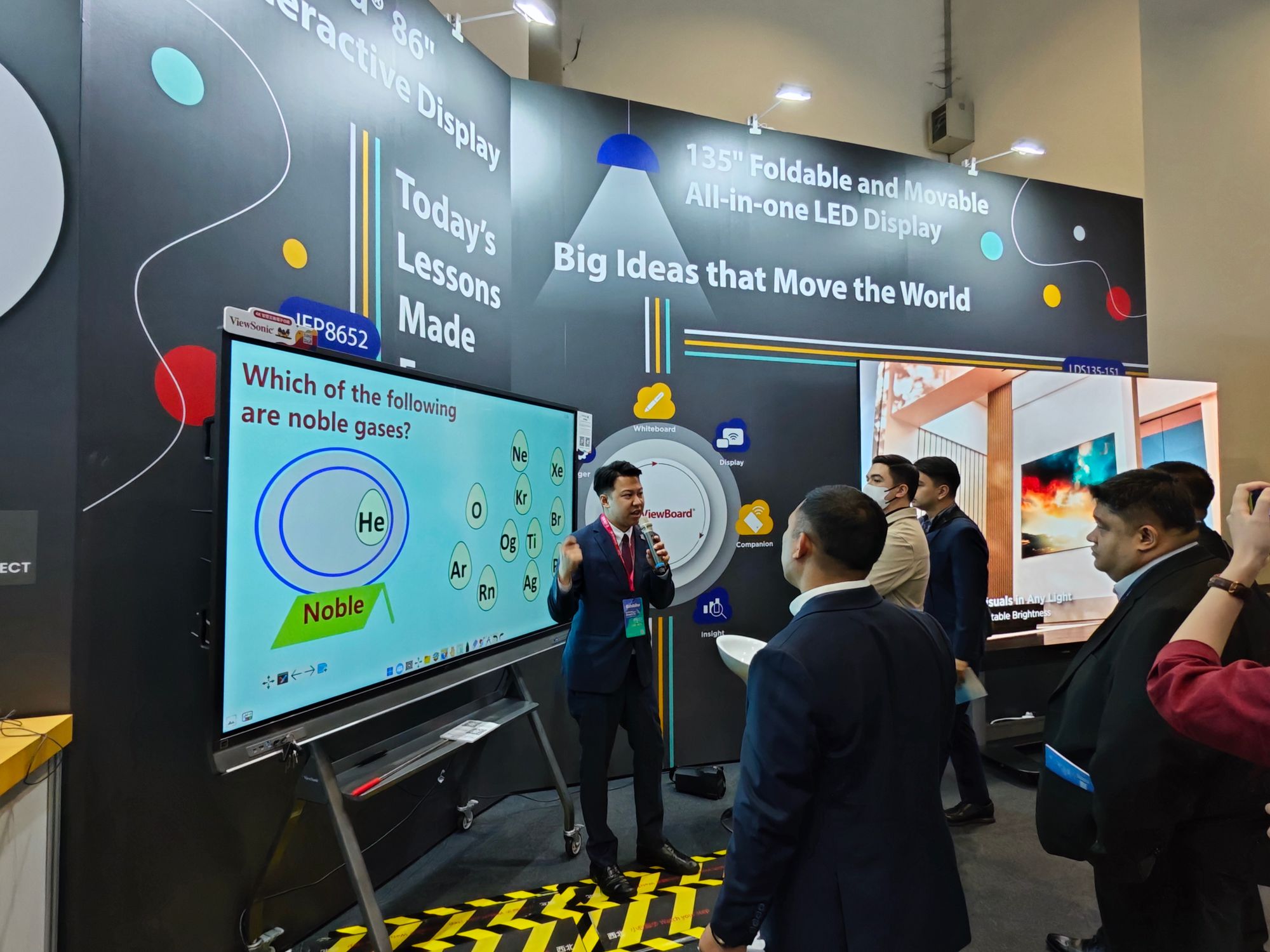
These smart interactive displays are more than just touch-enabled TV screens. They are the gateway to bringing new digital and interactive educational content to the classroom, enhancing the overall learning experience of students.
ViewSonic IFP products include the myViewBoard Whiteboard app that aids educators in creating educational materials on the fly. For example, the Magic Box feature of the Whiteboard app allows teachers to easily pull out useful tools such as digital graphing tools, calculators, and compass. It also features quick access tools such as the pop quiz and polls.
The smart display also includes an Immersive Reader feature that enables text-to-speech functionalities for a more interactive language learning experience. It can even break down sentences into syllables, by placing dots between them, or even identify parts of a speech, such as nouns, verbs, adjectives, and adverbs. This will be extremely useful in a language lesson.
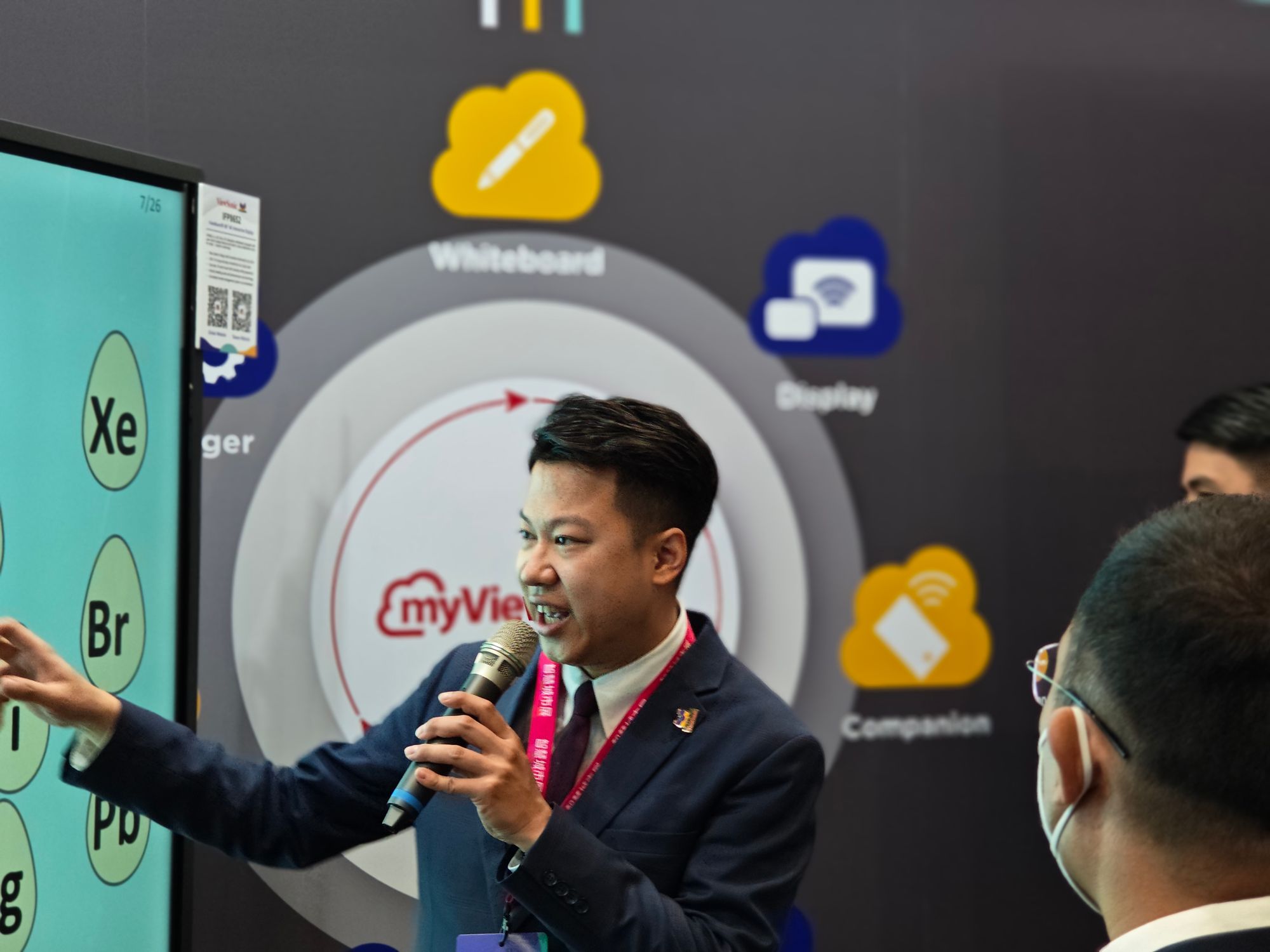
What's more is that the myViewBoard also comes with its own set of teaching materials, lesson plans, and other teachable content.
The myViewBoard app also makes it easy for teachers to record or stream their lessons online to a remote audience.
Conclusion
Certainly, technologies targeted for the education sector have changed over the years. While the education industry transforms itself digitally with new forms of teaching mediums, media, and tools to enhance learning, we must also not compromise the other areas of development which traditional education brings, which touches on softer subjects such as character building and collaboration.
Regardless, we saw how EdTech advancement has accelerated over the past years, making it more accessible, comprehensive, and interactive for an overall improved learning experience for students in the world.
